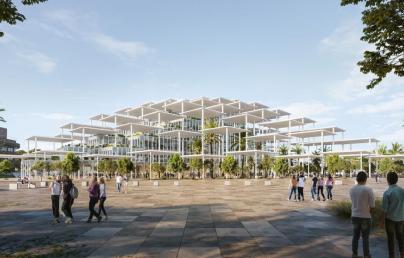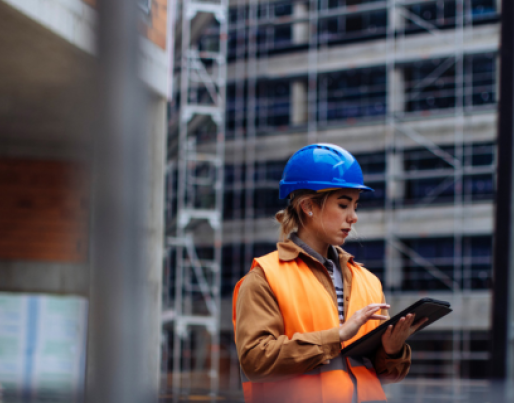
The smart makeover: Turning buildings into digital powerhouses

The smart makeover: Turning buildings into digital powerhouses
What if your building had a digital brain -and a memory too-? Tools like the Digital Building Logbook are reshaping how we manage homes, making energy use smarter, maintenance predictive, and data just a click away. But to make it work, tech must meet trust and affordability.
Let’s imagine our home as a precious but worn-out dress, fraying at the seams. Now imagine we want to patch it up, not with needle and thread, but with a network of sensors and smart systems ready to make it shine on the most glamorous of nights. This outfit, in the end, won’t just sparkle, it will do so efficiently, without wasting energy, like a cascade of sequins shimmering only when needed.
It might sound futuristic, but smart buildings are increasingly seen as essential if we want to cut emissions. The building stock, mostly silent and still, is responsible for around 40% of Europe’s energy consumption, and over one-third of energy-related greenhouse gas emissions. The need to 'change the outfit' is urgent, and it’s backed by policy: the Energy Performance of Buildings Directive (EPBD) aims to fully decarbonise Europe’s building stock by 2050. A bold goal that many tools are striving to meet.
The key role of Digital Building Logbooks (DBL) and Digital Twins
One of these is the Digital Building Logbook (DBL), a kind of comprehensive, constantly updated digital folder that collects all the relevant data about a building: ownership details, Energy Performance Certificates (EPC), technical plans, maintenance records, and more. With a click, anyone managing or living in a building could access everything needed for renovations, audits or even resale.
Countries like Belgium (in Flanders) and Germany are already testing this kind of approach, using renovation roadmaps and digital tools to improve transparency and energy performance. 'Today, everything is designed digitally: plants, buildings, everything is done in 3D. So, it’s natural to think about a tool like the Digital Building Logbook that collects and preserves that data,' explains Davide Madeddu, project manager at One Team Srl, the company developing the DBL.
But the DBL is only one part of this new, high-tech 'dress' for buildings. We still need the sequins to shimmer efficiently. Enter the Digital Twin: a digital avatar of the real building, capable of monitoring its conditions and energy use in real time. When the Digital Twin interacts with the DBL, it creates a living data archive. 'The logbook becomes a historical and real-time repository of building data, and it allows you to develop statistics on systems and maintenance, for example, predicting failures with artificial intelligence. It’s especially through preventative maintenance that we can achieve significant savings on this chapter, even 10 to 20%,' says Madeddu.
Implementing digital tools: The BuildON project
These tools and more are being integrated and tested by the European BuildON project, which is piloting solutions in five real-world locations across Europe, including residential blocks in Spain and Finland, commercial buildings in Greece and France and a public kindergarten in Poland. 'Our main goal is to change the way we manage buildings. Buildings are some of the biggest invisible polluters around, even when we don’t notice it', explains Sofía Mulero Palencia, research engineer at CARTIF and coordinator of BuildOn.
The project aims to strengthen the link between buildings, their users, and the environment. One approach: encourage energy use when renewables are available. 'It’s about finding a sustainable balance between tenants’ needs and available resources, for example by selecting the best time to consume, by consuming the most when renewable energy sources are available in order to foster their use,' she says.

